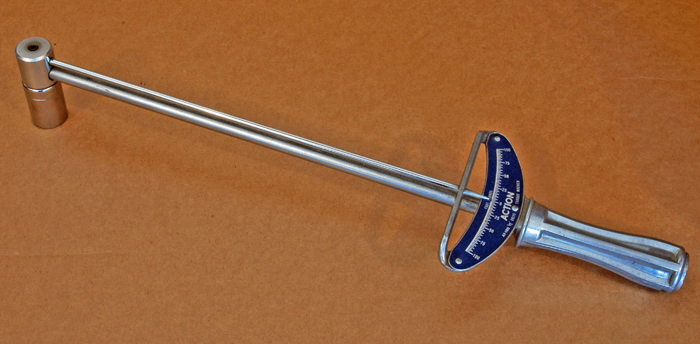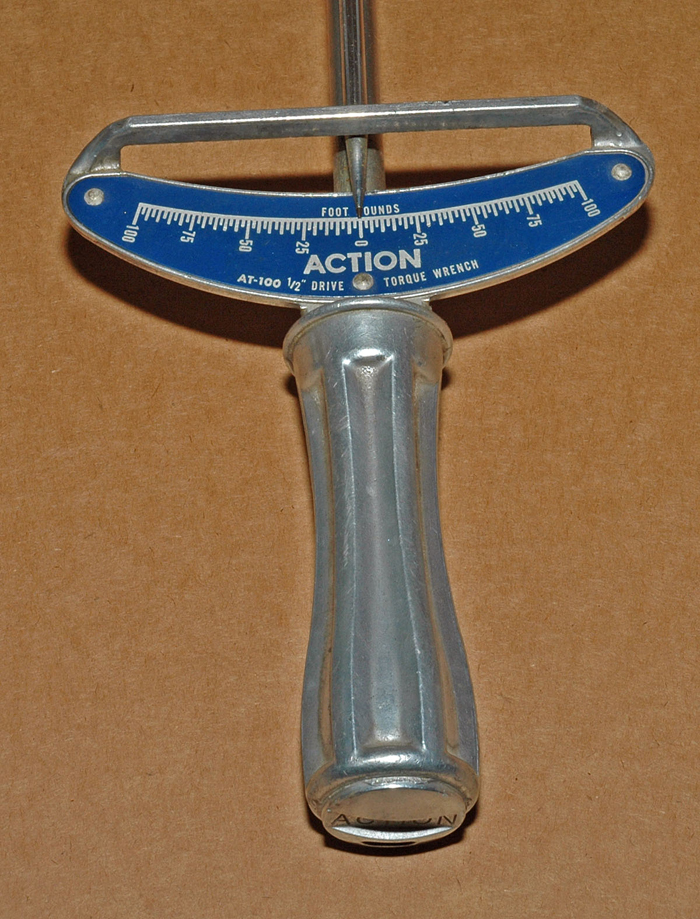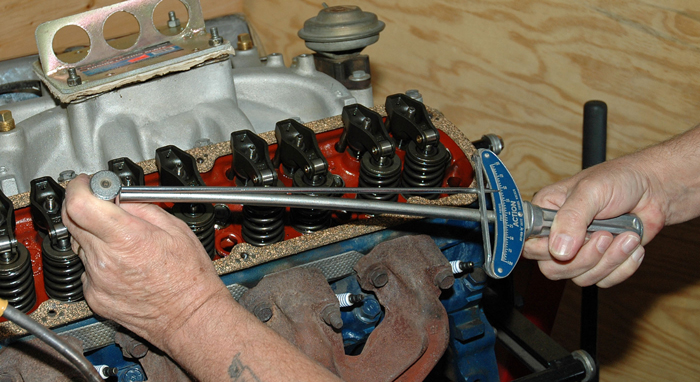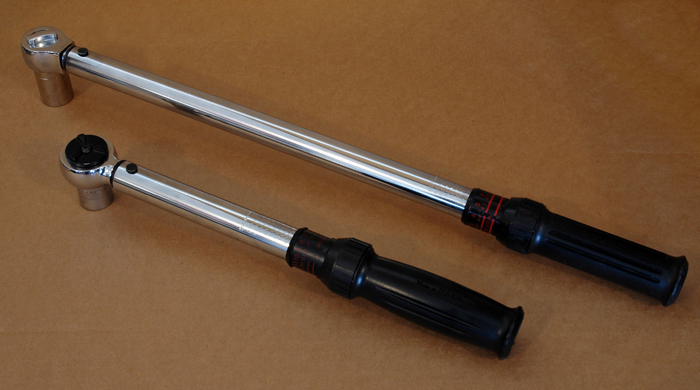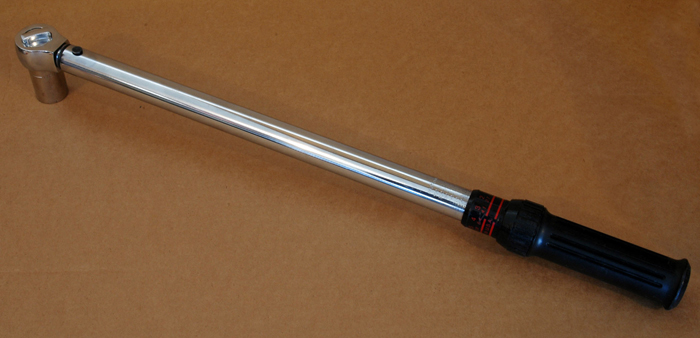|
Fasteners are made from a wide range of materials. Everything from nylon to titanium, and even some very exotic metal alloys for highly specialized applications. Most of the fasteners that we would be purchasing for an automotive application would be produced from either steel or stainless steel.
Steel fasteners are usually stronger than ones made from stainless steel but are much more susceptible to corrosion. That choice has been eliminated now by these two offering from DMP Fasteners/ARP. The stainless steel fasteners and their superior grade of chrome moly have strength properties of nearly the same specs so either can be used in many different applications without sacrificing the necessary strength.
STAINLESS STEEL: Ideally suited for many automotive and marine applications because stainless is tolerant of heat and virtually impervious to rust and corrosion. ARP “Stainless 300” is specially alloyed for extra durability. It’s polished using a proprietary process to produce a beautiful finish. Tensile strength is typically rated at 170,000 psi.
8740 CHROME MOLY: Until the development of today’s modern alloys, chrome moly was popularly considered a high strength material. Now viewed as only moderate strength, 8740 chrome moly is seen as a good tough steel, with adequate fatigue properties for most racing applications, but only if the threads are rolled after heat-treatment, as is the standard ARP production practice. Typically, chrome moly is classified as a quench and temper steel that can be heat-treated to deliver tensile strengths between 180,000 and 210,000 psi. applications. Although Aermet 100 is a maraging steel that is far superior to other high strength steels in its resistance to stress corrosion, it must be kept well oiled and not exposed to moisture.
The following terms help to explain some of the other things that should be considered when selecting fasteners.
Hydrogen Embrittlement: This condition results from the accumulation of hydrogen gas in the atomic structure of the metal. This gas flows to the point of high stress (stress risers) and causes microscopic cracks. The hydrogen then flows to the “new” crack tip and causes it to crack further. In this way the crack moves across the part, because the crack-tip IS the stress riser. Finally the crack gets so large that the section is not large enough to support the load. No hydrogen embrittlement can take place without tensile stress. ARP employs a baking process that purges hydrogen gas from the steel.
Stress Corrosion: This is a special form of hydrogen embrittlement in which the metal is attacked while under stress. Without the stress the crack will not move. But under stress the crack moves and corrosion takes place at the freshly opened crack face.
Preload: The force IN a bolt when it is installed with a torque greater than simply hand tight. Preload can be established by measuring torque or bolt stretch or by the less than accurate “turn-of-the-nut” method.
Clamp Load: This is the force exerted by a tightened bolt and is the same as preload.
Stretch: The increase in length of a bolt when installed with a preload.
Thread Engagement: This refers to the number of threads engaged in a nut or threaded hole. Full engagement, meaning all the female threads are engaged, is a desirable configuration to maximize fatigue strength.
Ultimate Tensile Strength: The maximum stress that a particular material can support without breaking. It is expressed in terms of lbs. per square inch, and is measured by means of a tensile test. The maximum force (lbs.) that a test specimen can support is divided by the cross-sectional area (square inches) of the specimen; the result is ultimate tensile strength in psi.
Yield Strength: The stress at which a given material or component exhibits a permanent deformation (i.e. “takes a set”). When the load that caused the stress is removed, the part will not return to its original dimensions. If you exceed the yield strength of a fastener (tighten it until it feels funny and then back it off a bit) the fastener is ruined and must be replaced.
Summary
Nuts and bolts need to be tightened to a preset torque to prevent them from loosening. That does not mean that tighter is even better. Fasteners are designed to stretch a designated amount, acting like a spring, keeping the connection under a specific load. This is what keeps it from loosening.
A torque wrench is the most commonly use tool to tighten fasteners to the desired torque setting. Two types are available with capacities ranging from fine inch pound settings to in excess of 600 foot pounds. The older style flexible-beam type torque wrenches are not as accurate as the pressure releasing type but are sometimes required in applications where a spark might set off flammable materials. Specific information about their operation is usually packaged with the tool.
Fasteners are available in a wide variety of styles and materials. Choosing the right one for the application is critical. Information about their makeup and use has been included here but much more information and assistance in their selection is available by going to websites or looking in the catalogs of suppliers like DMP Fasteners/ARP.
|


